

(now the Rue Anatole France)
Ernest Victor Hareux (18 February 1847, Paris - 16 February 1909, Grenoble) was a French painter of landscapes and genre scenes.


Ernest Victor Hareux (18 February 1847, Paris - 16 February 1909, Grenoble) was a French painter of landscapes and genre scenes.
He displayed a talent for drawing at the age of ten, and studied with several well known artists, including Charles Busson , Émile Bin and Léon Germain Pelouse. [1] His first exhibition at the Salon was in 1868, and he gave regular showings there throughout his life; receiving a third-class medal in 1880. He was named a member of the Société des Artistes Français in 1883.
Occasionally, he painted in Normandy, and in La Creuse, where he joined the École de Crozant and met Laurent Guétal, a priest and painter, who invited him to Grenoble in 1887. The frequent bad weather there prevented him from painting, and he became discouraged, but returned again the following year. [2]
He eventually came to favor painting in the mountains; befriending Théodore Ravanat, and other members of the artists' colony at Proveysieux. He was also associated with the École dauphinoise , which included Charles Bertier and Jean Achard, and was one of the founding members of the "Société des peintres de la montagne".
In 1906, he was named a Knight in the Légion of Honor. [3] The following year, he was elected to chair #48 at the Académie Delphinale in Grenoble.

Georges Stein, born Séverin Louis Stein, was a French Impressionist artist. Stein was a painter and draughtsman, and is known primarily for light-infused views of Paris and London. He also painted scenes from Melun, Vichy, Bern, Geneva, and Monte Carlo.

Aimé Nicolas Morot was a French painter and sculptor in the Academic Art style.
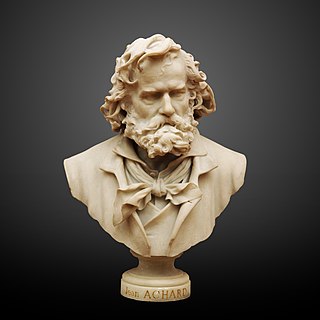
Jean Alexis Achard (1807–1884) was a French painter.

Jacques Gay was a French painter.

Henri Emmanuel Blanc-Fontaine was a French painter. He created genre scenes, portraits, landscapes, and still lifes.

Théodore Ravanat was a French landscape painter. Ravanat's work is mostly composed of Dauphiné landscapes. His paintings are generally among private collections of Grenoble, but some of these paintings can be seen at the Museum of Grenoble or the Musée dauphinois.
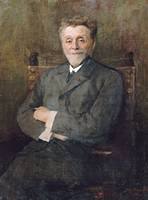
Léonce Bénédite was a French art historian and curator. He was a co-founder of the Société des Peintres Orientalistes Français and was instrumental in establishing Orientalist art as a legitimate genre.

Jacqueline Marval was the pseudonym for Marie Josephine Vallet, who was a French painter, lithographer and sculptor.

Francis Tattegrain was a French Naturalist painter.

Charles Alexandre Bertier was a French landscape painter.
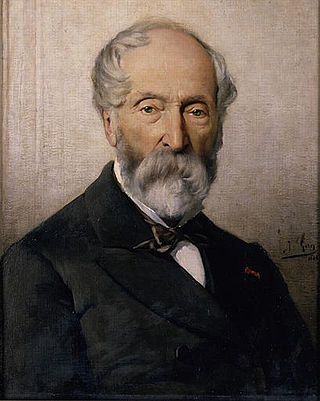
Alexandre Joseph Michel François Debelle was a French painter, designer and lithographer.

Paul Claude-Michel Carpentier was a French portrait, genre, history painter and author. He studied with Jean-Jacques Lebarbier (1738–1826) and briefly with Jacques-Louis David (1748–1825). Until 1824 he exhibited at the Salons under his family name LeCarpentier, but after 1824 shortened his last name to Carpentier.

Antoine Auguste Adrien Henri Tanoux was a French painter.

René François Xavier Prinet was a French painter and illustrator who drew his subjects from middle-class society.

Eugène Henri Alexandre Chigot (1860–1923) was a post impressionist French painter. A pupil of his father, the military painter Alphonse Chigot, in 1881 he entered the internationally renowned École des Beaux-Arts in Paris where he was exposed to the ideas of the realist movement of the Barbizon School and to Impressionism. He settled in Étaples in the Pas-de-Calais in an artists’ colony, later returning to Paris where he became a founder of the Salon d’Automne. An official military painter he painted a series of canvases in Calais and Nieuwpoort recording the destruction caused by the First World War. Chigot's reputation was built on his maritime and landscape paintings that arose from his affinity to Flanders and the Pas-de-Calais. He recorded the lives of the people of Flanders placing them within a landscape of soft opalescent light. Later his paintings show traces of expressionism and a more vibrant pallette. He was also a skilled nocturne painter who travelled extensively within France, Italy and Spain.

Charles-Caius Renoux was a French painter, lithographer, and illustrator. He first achieved success with paintings of medieval churches, particularly the ruins of cloisters and monasteries destroyed during the French Revolution, works for which he is still best known. Renoux also painted landscapes, large-scale battle scenes, and historical subjects, works which uniquely prepared him for the final phase of his career, the creation of spectacular dioramas, the “moving pictures” of the era. He also taught at the École des Beaux-Arts in Paris; his notable students included Narcisse Berchère and Hector Hanoteau.
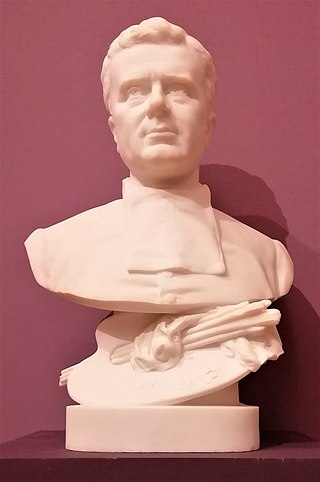
Laurent Guétal, also known as the Abbé Guétal was a French landscape painter and Catholic priest.
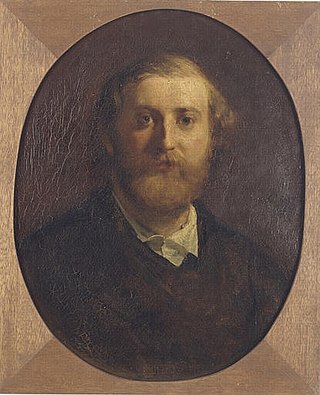
Charles Diodore Rahoult was a French painter of landscapes and genre scenes.

Eugénie Gruyer-Brielman, born Henriette Eugénie Clet was a French painter and designer.
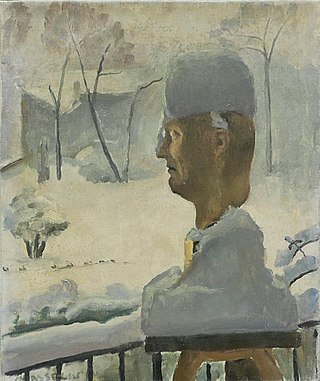
Maurice Paul Jean Asselin was a French painter, watercolourist, printmaker, lithographer, engraver and illustrator, associated with the School of Paris. He is best known for still lifes and nudes. Other recurring themes in his work are motherhood, and the landscapes and seascapes of Brittany. He also worked as a book illustrator, particularly in the 1920s. His personal style was characterised by subdued colours, sensitive brushwork and a strong sense of composition and design.